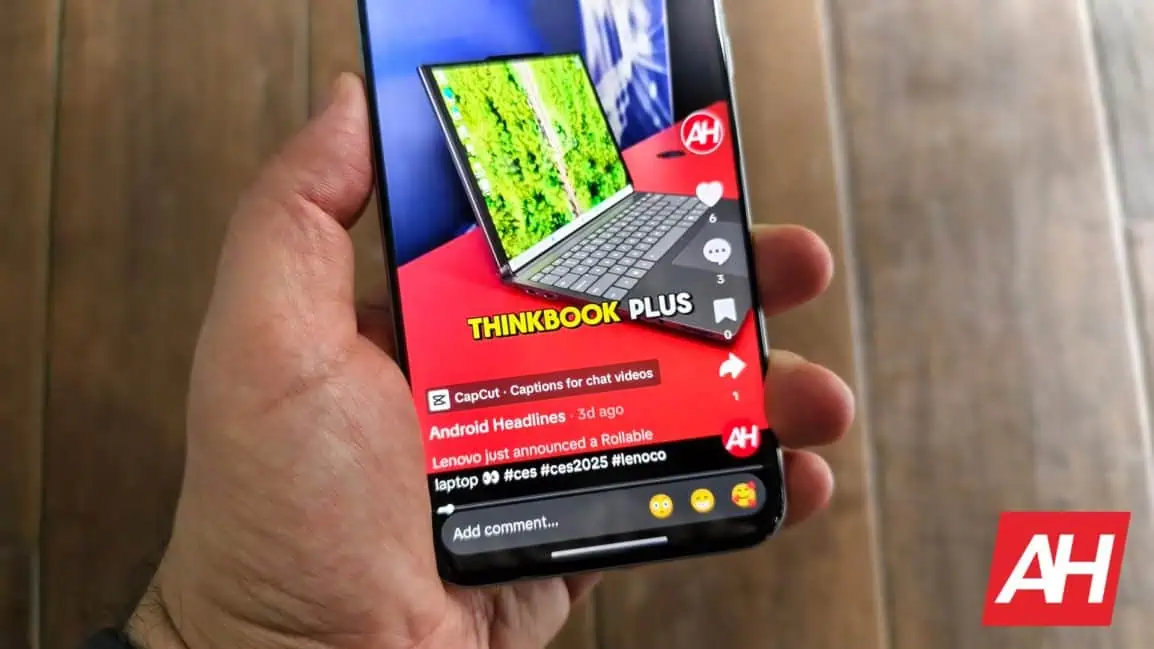 On January 19, the US government announced a ban on TikTok, the world’s most popular short video app. While an executive order from former President Donald Trump delayed the ban by 75 days, the app was temporarily removed from Apple’s App Store and Google’s Play Store. This led to a surge in users downloading TikTok through unofficial channels, as uncertainty about its future in the US grows.
On January 19, the US government announced a ban on TikTok, the world’s most popular short video app. While an executive order from former President Donald Trump delayed the ban by 75 days, the app was temporarily removed from Apple’s App Store and Google’s Play Store. This led to a surge in users downloading TikTok through unofficial channels, as uncertainty about its future in the US grows.
Unofficial Downloads on the Rise
With TikTok unavailable on official app stores, many users turned to sideloading—downloading the app from third-party websites. According to a BBC report, platforms like Signulous saw a massive spike in traffic, with over 120,000 users downloading TikTok in just a few days. At its peak, more than 2,000 iPhone users were installing the app every hour.
VPN Searches Hit Record Highs
In addition to sideloading, many users are relying on Virtual Private Networks (VPNs) to access TikTok. Google data shows that searches for “VPN” reached an all-time high in the US last month. Similarly, YouTube tutorials on how to access TikTok have been viewed hundreds of thousands of times, reflecting the app’s enduring popularity.
TikTok Returns to App Stores
Despite the initial removal, TikTok has since returned to both the Apple App Store and Google Play Store. This reversal came after President Trump signed executive orders allowing the app to operate temporarily. However, the final decision on TikTok’s ban in the US is expected in April, leaving its future uncertain.
Security Risks of Unofficial Downloads
While sideloading and VPNs offer a way to access TikTok, they come with significant security risks. Unofficial downloads can expose users to malware, data breaches, and other vulnerabilities. Experts recommend sticking to official app stores to ensure safety and avoid potential risks.
As TikTok’s fate hangs in the balance, users continue to find creative ways to access the app, highlighting its widespread appeal and the challenges of enforcing such bans.